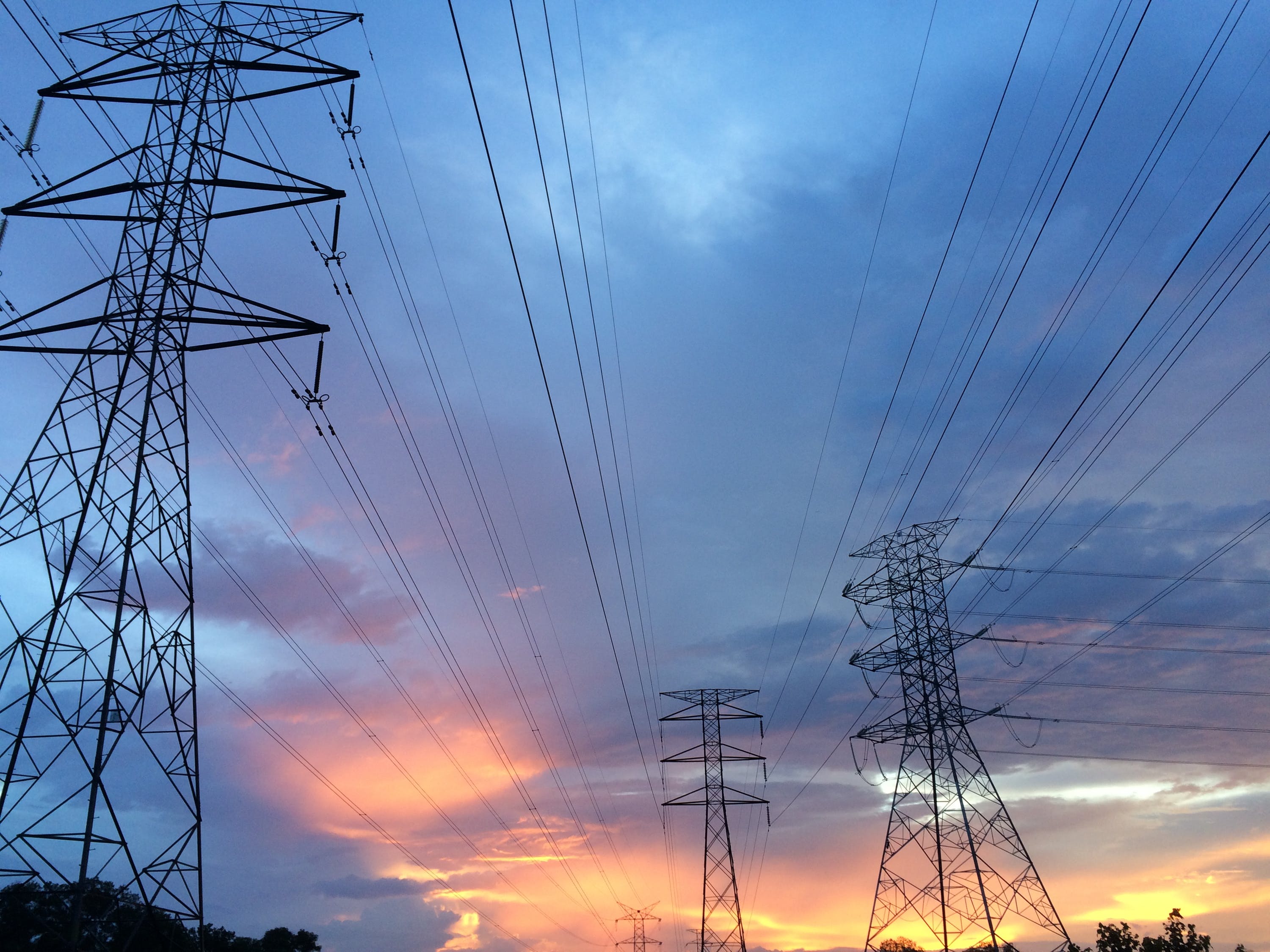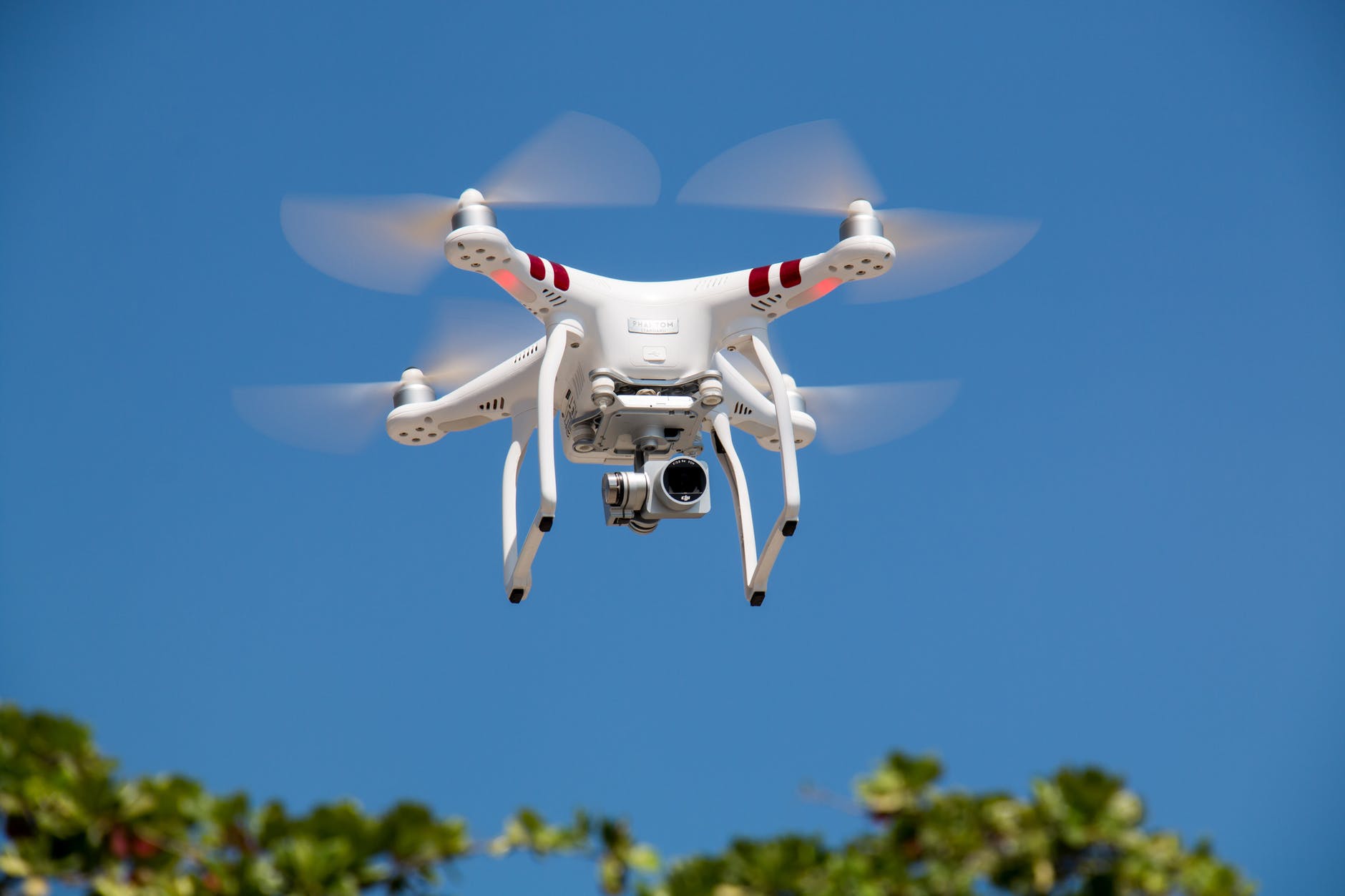Waste-to-Energy: thorny way to mastering technology
Why RES incorporation into the united electricity grid is a technological challenge

WILL UKRAINE FACE ENERGY CRISIS?
Digital power. Why is this the future of energy markets.

The rapid development of renewable energy leads to a significant increase in their share in the generation of electricity, so the issue of integration of unstable energy sources into the network without weakening the reliability of the system is on the agenda in many developed countries. In addition to increasing the share of RES in the national energy balance, the instability of demand and supply of energy is aggravated by the development of distributed generation, electrification of passenger transport, as well as heat and cooling supply sectors. Ukraine can not ignore the fact that the world changes in the technological model in the power industry and the related challenges and developments in the industry. Otherwise, the country will face a number of risks. The first is the risk of getting more expensive and less flexible power generation than other industrialized countries, getting rid of a number of new markets (for example, the energy storage market) and significantly restraining the development of the new (digital) industry.
Balancing of solar and wind power plants by using biogas complexes

Each type of renewable energy has its advantages and disadvantages.
As for solar and wind, on the one hand, it comes to relatively low capital and operating costs, as well as the simplicity and availability of free wind energy and solar radiation. On the other hand, we deal with unevenness, dependence on geographical location, weather conditions and time of day.
As for biogas energy, this, on the one hand, is a high utilization rate of installed capacity, the possibility of building-up and storage, as well as diversification of end products. On the other hand, it is referred to a high cost of capital and operating costs, irresistible dependence on the availability of raw materials, the accuracy of technological decisions and human factor.
At the pace of innovation. How the technologies of unmanned transport change the energy industry

The drone market and how it works
People quickly become accustomed to comfortable and effective innovative technologies that forever change the pace of life forever. Apparently, no one will surprise anyone with the use of micro-aircraft - quadcopter, drone, unmanned aerial vehicles, have become used everywhere - ranging from panoramic wedding photos, continuing to monitor agrarian lands and military secret missions. And everyone understood that it is convenient, safe and reliable for the user. At the same time, it is commercially profitable, since providing such services is an increasingly uncontested way to achieve the necessary goals. Let's try to figure out what the market for unmanned aerial vehicles in the world is today, how it develops, and what is the role of energy in it.
Perspectives for the Development of Hybrid Energy Systems
Last year, 500,000 solar panels were installed every day in the world. In China, two wind power plants are launched every hour. Future belongs to hybrid power systems. In our eyes, there is an unprecedented "green" revolution that will drastically change the power distribution in the energy market. And this is just the beginning, because the cost of wind turbines, and especially solar panels, is constantly decreasing.
Balancing the power grid. Technological challenges and innovative solutions.

Retrospective of consumption
The energy system of Ukraine, in its present form, was formed within the framework of the plans for the electrification of the republics of the former Soviet Union, and most of the generating capacities were put into operation in the second half of the 1970s, the first half of the 1980s of the twentieth century. The structure of the installed capacity of the grid is characterized by the presence of a large number of nuclear and thermal coal power plants, designed to work in the base mode and focused on covering the load of large industrial enterprises.
Electric Power Industry
Electricity production by energy companies and Ukrainian thermal power plants in February 2018, million kWh
Share